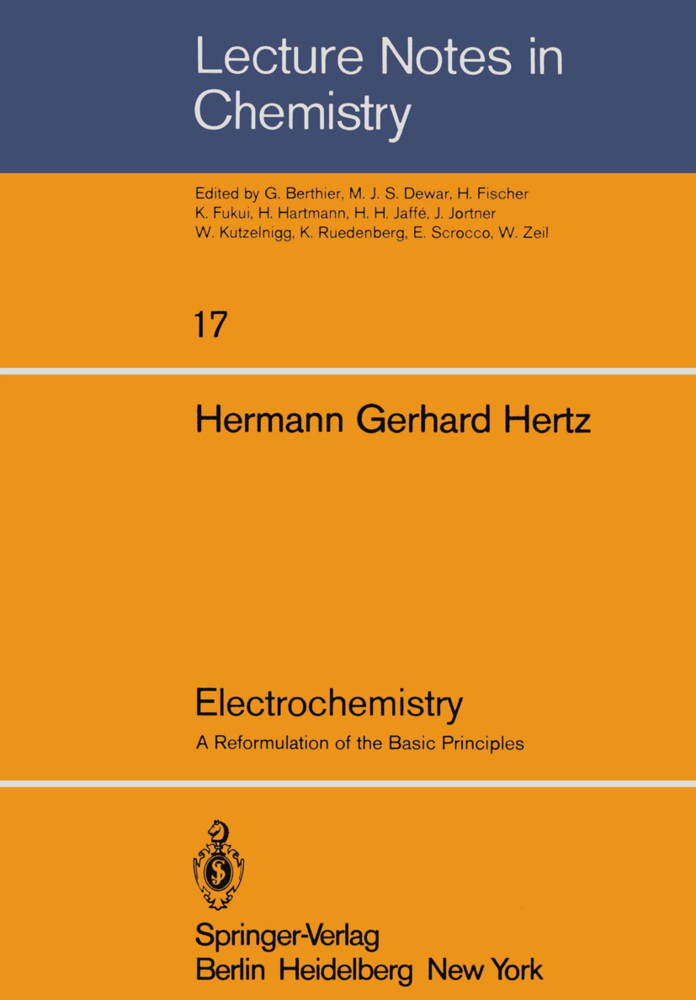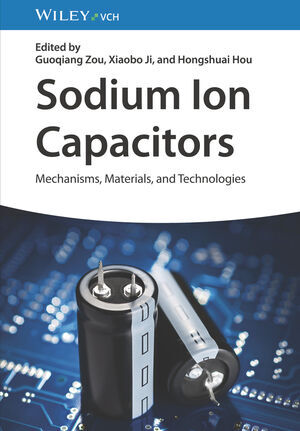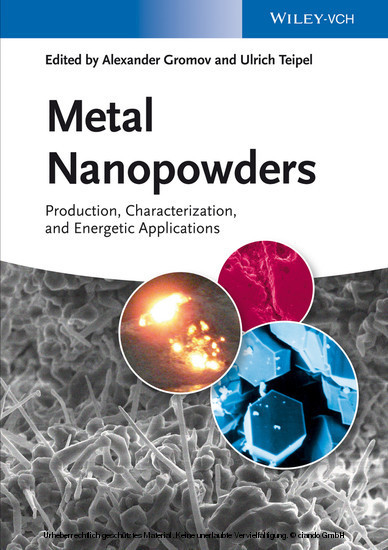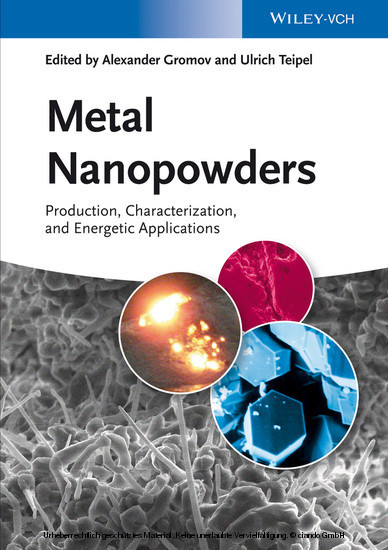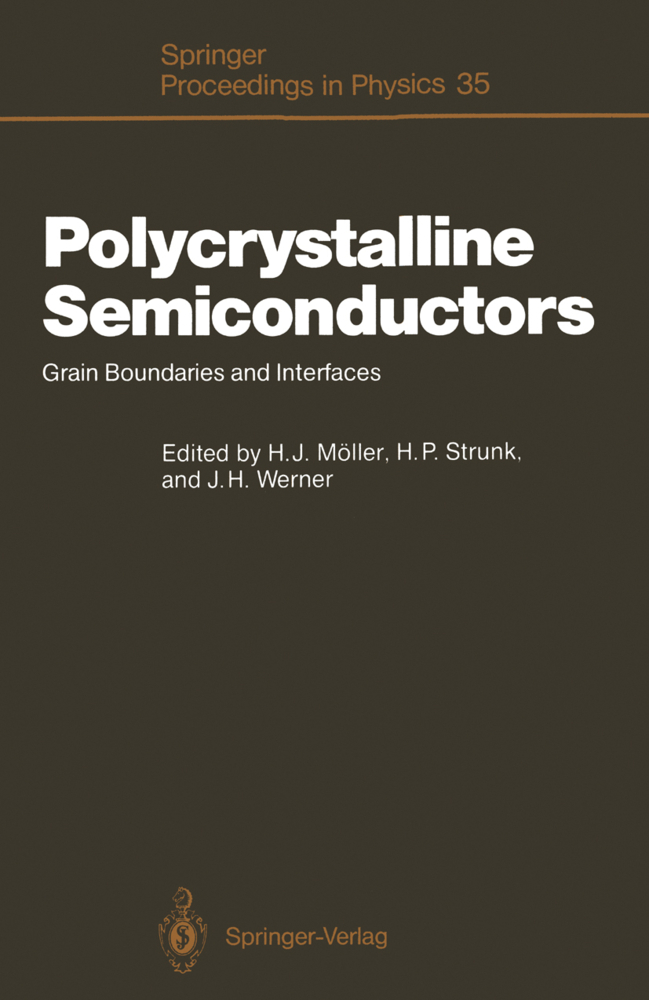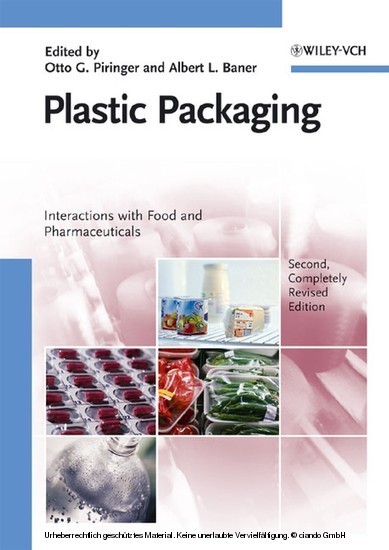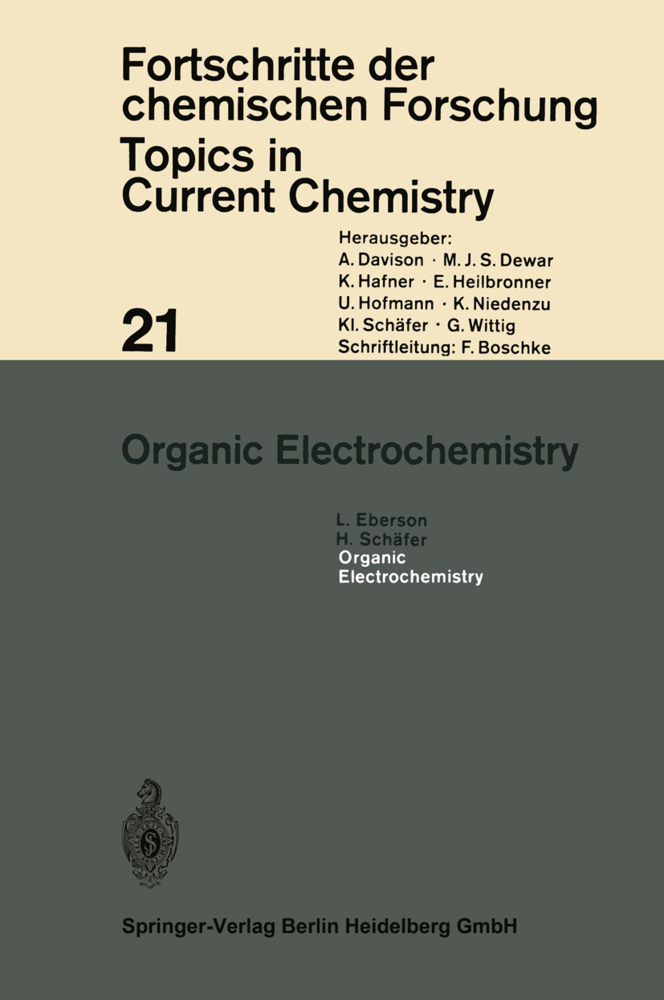Electrochemistry
A Reformulation of the Basic Principles
Electrochemistry
A Reformulation of the Basic Principles
In this book a presentation of a phenomenological theory of elec trochemistry is given. More precisely, it should be stated that only one part of the whole field of electrochemistry is developed. It is the purpose of this treatment to describe the interconnection between the electric current in a composite thermodynamic system and the rate of production of a certain substance on the one side, the rate of deple tion of another substance on the other side, and the work per unit time which has to be delivered to or is supplied by the system. The last part of this programme leads to the computation of the electric potential or the electromotive force of a typical arrangement called a galvanic cell. It will only be the electric current~ which is considered, not the change of the electric current per unit time, i.e. d~/P{t - The vari ation of Jz with time would have to be the subject of the second part of this new treatment of electrochemistry.
1.2 Coordinate system transformations
1.3 The chemical potentials
2: The multicomponent electrolyte solution in the non-equilibrium situation
2.1 The local mass conservation in a non-equilibrium system
2.2 Description of the diffusion process in a multicomponent electrolyte solution
2.3 Description of multicomponent electrolyte diffusion in various property spaces
3: The diffusion system in the presence of an electric current
3.1 Local rates of change of composition in the presence of an electric current
3.2 Excess constituent mass fluxes and generalized transport numbers
3.3 The delocalized conservation of mass
3.4 A prototype of a galvanic cell
3.5 The conventional transport numbers
3.6 The fundamental equations of electrochemistry
3.7 A comparison of the use of generalized and conventional transport numbers
4: The moving boundary method
4.1 The experimental determination of transport numbers
4.2 The self-regulating mechanism of the moving boundary
5: The diffusion process at the electrode in the presence of an electric current
5.1 Mass fluxes and excess mass fluxes at a metal electrode
5.2 The Hittorf method to measure transport numbers
5.3 Electrodes of the second kind
5.4 The fluxes at the redox electrode
5.5 Mass production at the liquid junction
6: Energy changes in electrochemical systems
6.1 Rate of internal energy change of a homogeneus system
6.2 Rate of internal energy change in a normal non-uniform system
6.3 Energy and momentum changes in the presence of an electric current
6.4 "Complete" and "truncated" systems
6.5 The reversible electric work and the electromotive force
7: A comparison of our electrolyte diffusion treatment with the conventional one
7.1 A brief summary; Electric current density and mass flux in our theory
7.2 Treatment of the electriccurrent density in the conventional theory
7.3 Transport numbers in the conventional treatment
7.4 The mass flux in the conventional treatment
7.5 Summary of comparison between the two approaches
8: The electromotive force of a galvanic cell
8.1 The cell Na/NaI/KCl/Cl2, some general outlines
8.2 The cell Na/Nal/KCl/Cl2, explicit formulas for the electromotive force
8.3 Consideration of a more general case: The galvanic cell Na/NaCl(a), NaI(a), KCl(a)/NaCl(c), NaI(c), KCl(c)/Cl2
8.4 Coordinate system transformations
8.5 Simplifications by introduction of suitable approximations
8.6 Treatment of the galvanic cell in which the electrolyte has arbitrary composition, but the cathode is an I2-electrode, Na/NaCl(a), NaI(a), KCl(a)/NaCl(c), NaI(c), KCl(c)/I2
8.7 A comparison: The conventional treatment of the galvanic cell
9: Galvanic cells containing only one type of anion (or correspondingly, one type of cation)
9.1 The cell configuration $$Na/Q_{NaCl}^{(a)},Q_{KCl}^{(a)},Q_{NaCl}^{(c)},Q_{KCl}^{(c)}/C{l_2}$$
9.2 The galvanic cell $$Na/Q_{NaCl}^{(a)},Q_{KCl}^{(a)},Q_{NaCl}^{(c)},Q_{KCl}^{(c)}/K$$
9.3 The galvanic cell in which one of the constituents is given by a polyvalent cation
9.4 The cell which contains only one kind of binary electrolyte solution, but with varying concentration
9.5 The concentration cell with transference
10:The galvanic cell with a redox electrode
10.1 Consideration of a special case
10.2 Modification of the galvanic cell involving a redox reaction
11: The galvanic cell with an oxygen electrode
11.1 The anode is a Na electrode
11.2 A cell with a chlorine and an oxygen electrode
11.3 The replacement of the oxygen electrode by a hydrogen electrode
12: The salt bridge
12.1 General
12.2. KCl-salt bridge connecting two chloride solutions
12.3 The general case of a salt bridge application
12.4 Replacement of the KCl-salt bridge by NaCl- and NaNO3-salt bridges
12.5 Another example: The KCl-saltbridge is placed between a NaI and an HCl solution
12.6 The salt bridge (KCl) between a redox electrode and a hydrogen electrode
12.7 The physical reason for the effectiveness of the salt bridge - an estimate of component concentration in the salt-bridge boundary
13: Membrane potentials
13.1 Simple membrane arrangements
13.2 The Donnan potential
13.3 The glass electrode
Acknowledgement.
1: Description of the multicomponent electrolyte solution in the equilibrium state
1.1 Components, constituents, salt molecules and ions1.2 Coordinate system transformations
1.3 The chemical potentials
2: The multicomponent electrolyte solution in the non-equilibrium situation
2.1 The local mass conservation in a non-equilibrium system
2.2 Description of the diffusion process in a multicomponent electrolyte solution
2.3 Description of multicomponent electrolyte diffusion in various property spaces
3: The diffusion system in the presence of an electric current
3.1 Local rates of change of composition in the presence of an electric current
3.2 Excess constituent mass fluxes and generalized transport numbers
3.3 The delocalized conservation of mass
3.4 A prototype of a galvanic cell
3.5 The conventional transport numbers
3.6 The fundamental equations of electrochemistry
3.7 A comparison of the use of generalized and conventional transport numbers
4: The moving boundary method
4.1 The experimental determination of transport numbers
4.2 The self-regulating mechanism of the moving boundary
5: The diffusion process at the electrode in the presence of an electric current
5.1 Mass fluxes and excess mass fluxes at a metal electrode
5.2 The Hittorf method to measure transport numbers
5.3 Electrodes of the second kind
5.4 The fluxes at the redox electrode
5.5 Mass production at the liquid junction
6: Energy changes in electrochemical systems
6.1 Rate of internal energy change of a homogeneus system
6.2 Rate of internal energy change in a normal non-uniform system
6.3 Energy and momentum changes in the presence of an electric current
6.4 "Complete" and "truncated" systems
6.5 The reversible electric work and the electromotive force
7: A comparison of our electrolyte diffusion treatment with the conventional one
7.1 A brief summary; Electric current density and mass flux in our theory
7.2 Treatment of the electriccurrent density in the conventional theory
7.3 Transport numbers in the conventional treatment
7.4 The mass flux in the conventional treatment
7.5 Summary of comparison between the two approaches
8: The electromotive force of a galvanic cell
8.1 The cell Na/NaI/KCl/Cl2, some general outlines
8.2 The cell Na/Nal/KCl/Cl2, explicit formulas for the electromotive force
8.3 Consideration of a more general case: The galvanic cell Na/NaCl(a), NaI(a), KCl(a)/NaCl(c), NaI(c), KCl(c)/Cl2
8.4 Coordinate system transformations
8.5 Simplifications by introduction of suitable approximations
8.6 Treatment of the galvanic cell in which the electrolyte has arbitrary composition, but the cathode is an I2-electrode, Na/NaCl(a), NaI(a), KCl(a)/NaCl(c), NaI(c), KCl(c)/I2
8.7 A comparison: The conventional treatment of the galvanic cell
9: Galvanic cells containing only one type of anion (or correspondingly, one type of cation)
9.1 The cell configuration $$Na/Q_{NaCl}^{(a)},Q_{KCl}^{(a)},Q_{NaCl}^{(c)},Q_{KCl}^{(c)}/C{l_2}$$
9.2 The galvanic cell $$Na/Q_{NaCl}^{(a)},Q_{KCl}^{(a)},Q_{NaCl}^{(c)},Q_{KCl}^{(c)}/K$$
9.3 The galvanic cell in which one of the constituents is given by a polyvalent cation
9.4 The cell which contains only one kind of binary electrolyte solution, but with varying concentration
9.5 The concentration cell with transference
10:The galvanic cell with a redox electrode
10.1 Consideration of a special case
10.2 Modification of the galvanic cell involving a redox reaction
11: The galvanic cell with an oxygen electrode
11.1 The anode is a Na electrode
11.2 A cell with a chlorine and an oxygen electrode
11.3 The replacement of the oxygen electrode by a hydrogen electrode
12: The salt bridge
12.1 General
12.2. KCl-salt bridge connecting two chloride solutions
12.3 The general case of a salt bridge application
12.4 Replacement of the KCl-salt bridge by NaCl- and NaNO3-salt bridges
12.5 Another example: The KCl-saltbridge is placed between a NaI and an HCl solution
12.6 The salt bridge (KCl) between a redox electrode and a hydrogen electrode
12.7 The physical reason for the effectiveness of the salt bridge - an estimate of component concentration in the salt-bridge boundary
13: Membrane potentials
13.1 Simple membrane arrangements
13.2 The Donnan potential
13.3 The glass electrode
Acknowledgement.
Hertz, H. G.
| ISBN | 978-3-540-10008-9 |
|---|---|
| Artikelnummer | 9783540100089 |
| Medientyp | Buch |
| Copyrightjahr | 1980 |
| Verlag | Springer, Berlin |
| Umfang | X, 257 Seiten |
| Abbildungen | X, 257 p. |
| Sprache | Englisch |

